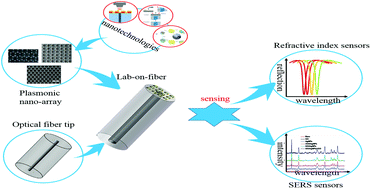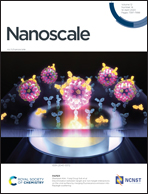Lab-on-fiber: plasmonic nano-arrays for sensing
Abstract
For sensors based on the electromagnetic resonance whether the surface plasmon resonance (SPR) or localized surface plasmon resonance (LSPR), enhancing the light–matter interactions is the most critical and important way to improve their performance. Plasmonic nano-arrays are a kind of periodic metal or dielectric nanostructure formed by nanofabrication technology and can effectively enhance the light–matter interactions by tuning structural parameters to cause different optical effects due to their ultra-high degree of freedom. At the same time, a plug-and-play, remote microsensor suitable for limited environments (such as in vivo systems) may be realized due to the rise of lab-on-fiber technology and the progress of nanofabrication technology for unconventional substrates (such as an optical fiber tip). In this paper, the advantages and disadvantages of different nanofabrication technologies are briefly introduced and compared firstly, and then the applications of optical fiber sensors (OFS) based on different plasmonic nano-arrays are reviewed. Plasmonic nano-array OFS are divided into two categories: refractive index sensors based on the sensitivity of the array to the surrounding environment and surface enhanced Raman scattering (SERS) sensors based on the enhancement ability of the local electric field around the array. In this review, the present sensors are compared and analyzed from the aspects of the geometry, material and dimensions of plasmonic nano-arrays and the main research directions and progress are summarized. Finally, the future development trend is proposed.

- This article is part of the themed collection: Recent Review Articles


 Please wait while we load your content...
Please wait while we load your content...